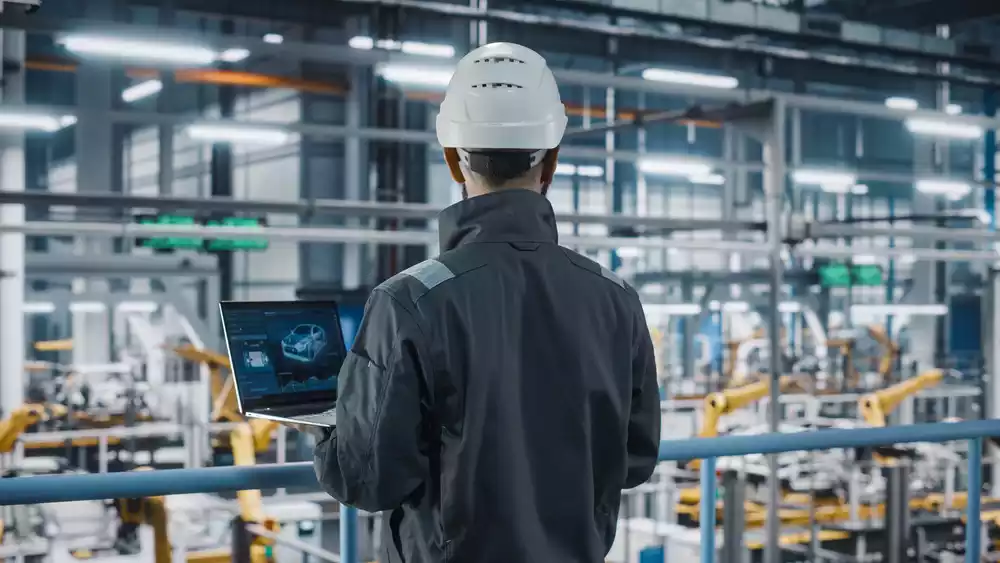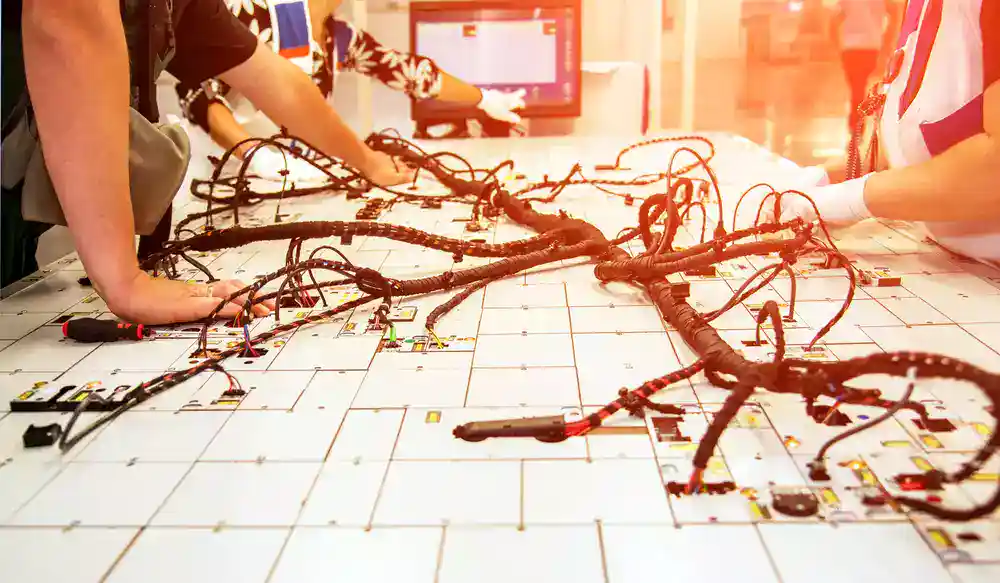
In complex sectors like electronics and automotive, success is measured by consistent quality and production efficiency. Before launching thousands of units, there is a critical stage that acts as the definitive “dress rehearsal”: the pilot run test (or pilot production run). This step is indispensable for any component that must be 100% reliable, being vital for complex processes such as wire harness assembly.
What is the pilot run test, and why is it crucial?
The pilot run test is a small-scale production run conducted using the final machinery, materials, personnel, and processes that will be used in mass production. It is not a prototype; rather, it is the first real execution of the validated manufacturing plan.
Its main objective is to challenge and validate production capability. It acts as a mirror, reflecting any deficiencies that the design or the assembly line might conceal. For wire harness assembly, this is vital as it allows for the detection of subtle errors such as:
- Continuity issues or inadequate crimping of terminals.
- Inefficiencies in the assembly workflow or errors in wiring sequences.
- Failures in quality control or testing tools (fixtures).
Benefits of the pilot run test for companies
Performing a rigorous pilot run offers multiple advantages that translate into savings and security for the company:
- Process Validation (not just product): Confirms that the work plan (documents, training, tools) is repeatable and scalable.
- Cycle time optimization: Allows identification of bottlenecks and adjustment of the time it takes for each unit to pass through the line, laying the groundwork for achieving the production goal.
- Early identification of quality problems: It is far less expensive to discover a defect in a batch of 100 units than in 10,000.
- Yield rate confirmation: Establishes an expected production rate of correct parts, allowing costs to be projected accurately.
What types of companies conduct this test?
The pilot run test is a standard practice in any industry that deals with high complexity, high volume, or high risk of product failure. This includes:
- Automotive and aerospace: Where safety and reliability are critical (essential for vehicle and aircraft wire harnesses).
- Medical devices: To ensure sterility and uninterrupted function.
- Consumer electronics and industrial hardware: To manage quality across millions of units and ensure the assembly line is as fast and efficient as possible.

How long does this test last?
The duration is not fixed and depends directly on the complexity of the product and the volume of the run.
- For a simple component, a pilot run may last only a few days.
- For a complex system, such as a large wire harness assembly or a new medical device, it can extend for ** several weeks** to process a statistically significant volume (e.g., 1-5% of the first production batch).
The time is spent executing the run, collecting data, analyzing failures found, and making necessary adjustments to the process or documentation.
Critical importance and the next step in manufacturing
How important is the pilot run test?
The pilot run test is absolutely fundamental and is considered the gateway to mass production. Its importance is summarized in risk mitigation: an error undetected at this stage turns into a future product recall, which is immensely more costly than any investment of time and resources in the test.
Without a successful pilot run test, a company lacks formal validation that its manufacturing process is capable of consistently and efficiently producing high-quality products. It is the last chance to correct issues before committing large quantities of material and time.
What follows the pilot run test?
Once the pilot test is deemed successful (i.e., the product meets all specifications, line yield is acceptable, and documentation is accurate), the process moves to the next phase: Ramp-Up and Mass Production.
- Formal Approval (gate review): The engineering, quality, and production teams formally sign off on the pilot process.
- Ramp-Up: Production volume begins to increase progressively. It moves from the small pilot run to a larger volume, closely monitoring metrics to ensure quality does not degrade with increased speed.
- Mass production: The assembly line operates at full capacity, maintaining the standards and procedures validated during the pilot run test.
Applying the pilot run to advanced processes like overmolding
The principle of the pilot run test applies to all critical manufacturing processes, ensuring that even the most complex assembly techniques are scalable and repeatable.
An example of a process that demands this rigorous validation is overmolding (insert molding), where plastic is fused with another material, making it a key area of benefit for companies:
| Process | Key Advantages | Disadvantages | Decision (Which one is best for any company?) |
| Plastic Overmolding onto Metal (Can you overmold metal? Yes, you can.) | Offers superior structural resistance and greater durability (due to the metal core). Eliminates assembly costs. | Higher tooling cost and more complex injection (must ensure perfect adhesion). | Depends on the company: Ideal if your product requires maximum robustness, heat dissipation, or hermetic sealing (sensors). |
| Plastic Overmolding onto Plastic | More economical, faster production cycles. Allows the creation of soft grips (TPE). | Lower final strength and demands high chemical compatibility between the two plastics. | Depends on the company: Ideal if you primarily seek ergonomics and cost reduction on an already stable plastic base. |
The success of overmolding depends on precision, a core competency where IMA excels. While this process utilizes conventional injection machines, IMA’s proprietary specialized insert molds hold the key to structural integrity.
Furthermore, IMA treats the pilot run test not as a luxury, but as a strategic necessity. This rigorous testing phase is the backbone that consistently verifies the chemical and mechanical adhesion under real-world stress, ensuring superior quality, functionality, and optimal cost-efficiency for every final product delivered by IMA.
